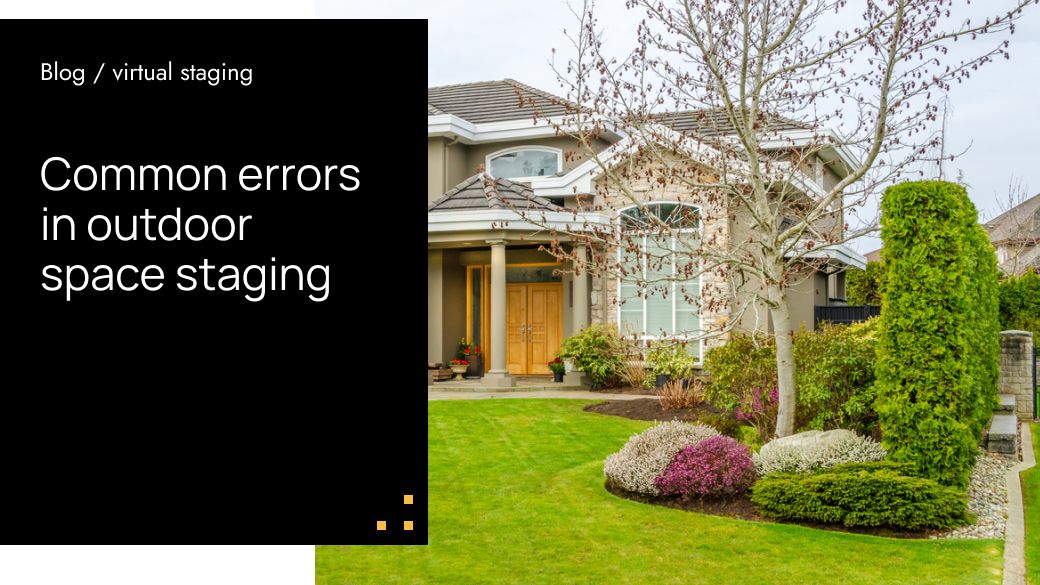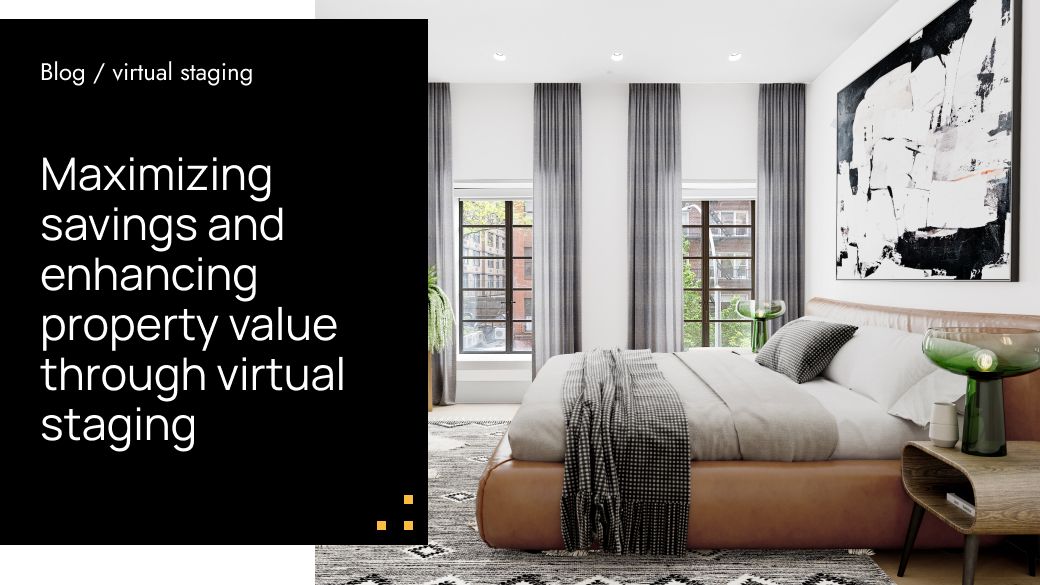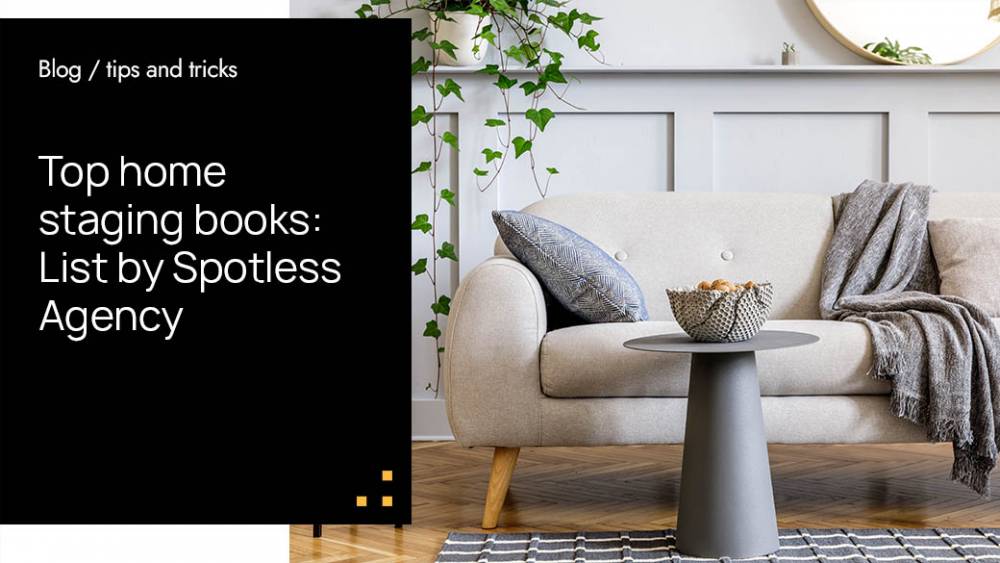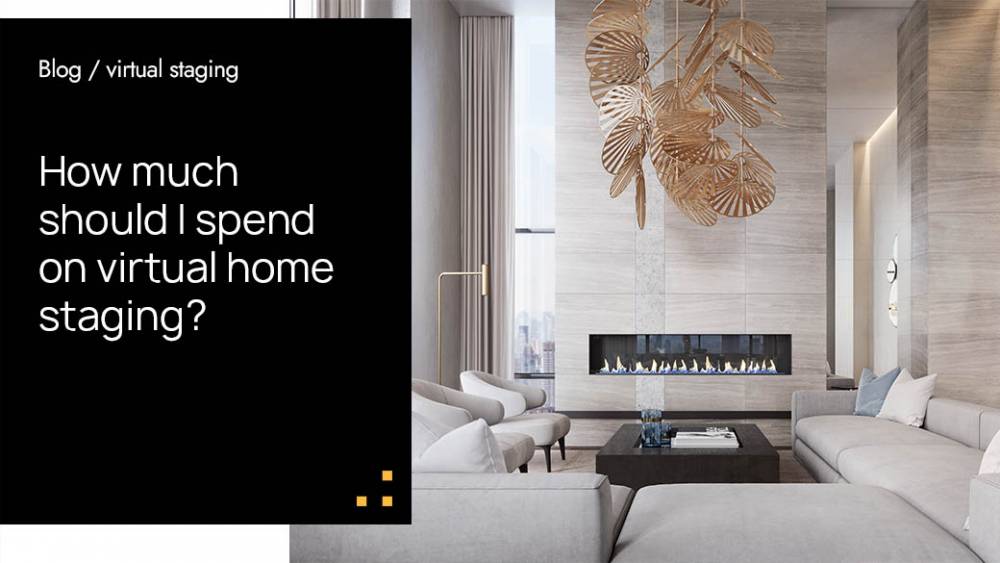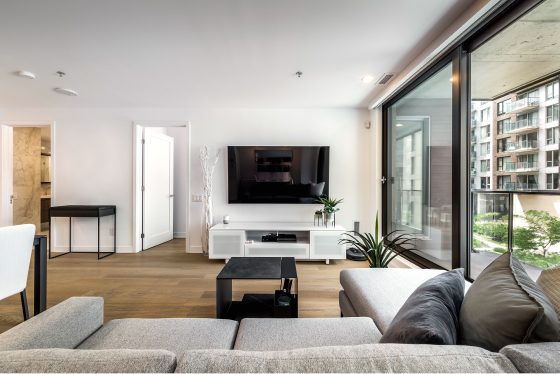Neglecting Cohesive Design:

One of the foremost missteps in outdoor space staging is a lack of cohesive design. A haphazard arrangement of furniture, decor, and landscaping elements can lead to visual chaos. Achieving a unified theme that resonates with the property's overall style is pivotal. Cohesive design entails selecting furniture, colors, and accessories that complement each other and the property's architectural aesthetic, thus cultivating a harmonious and inviting ambiance.
Overcrowding the Space:
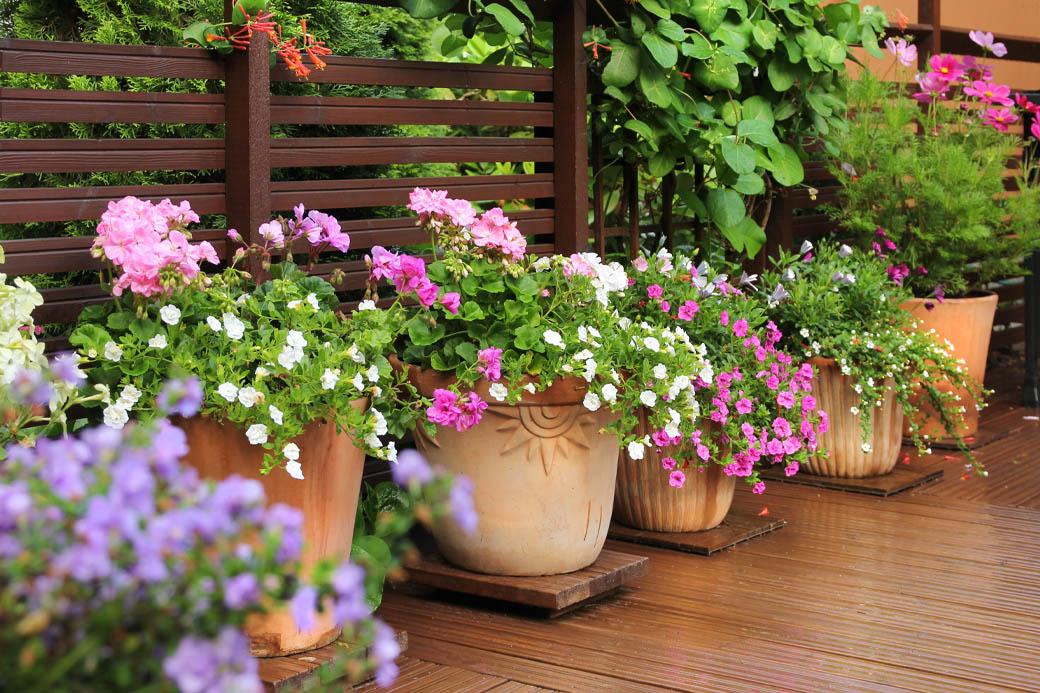
The allure of expansive outdoor areas often leads to the temptation of overcrowding. Filling every inch with furniture and decor can inadvertently create a cluttered look, stifling the space's inherent charm. Opting for a well-proportioned arrangement that allows for comfortable movement and an open atmosphere is essential. Thoughtful spacing between furniture pieces fosters a sense of relaxation and tranquility, which is a crucial element of outdoor living.
Ignoring Greenery and Landscaping:
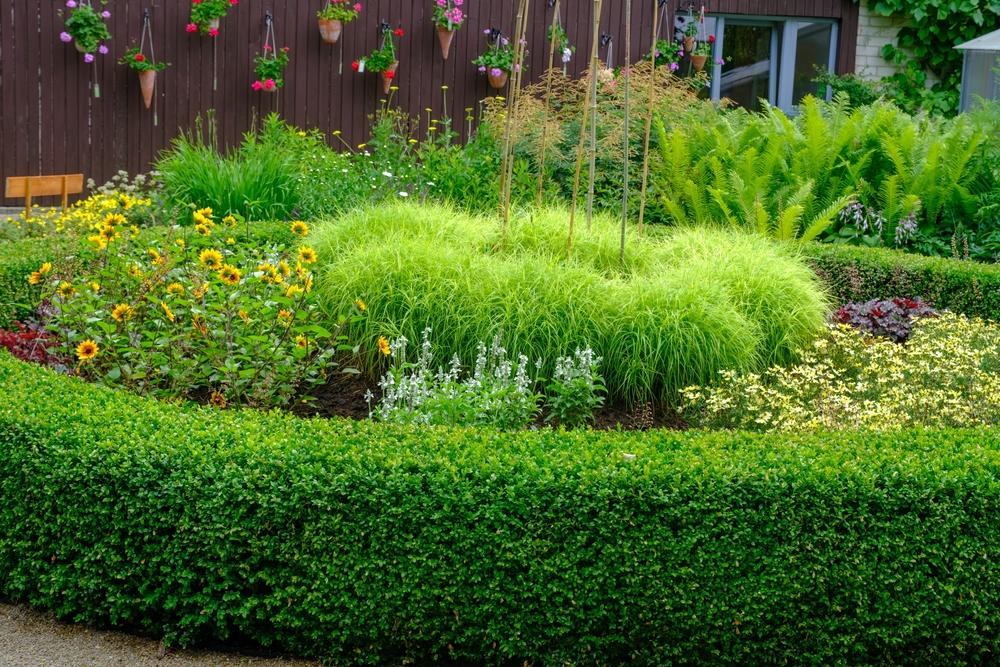
An error frequently encountered in outdoor space staging is neglecting the potential of landscaping. A barren or uninspired yard can significantly diminish the space's appeal. Incorporating greenery, plants, and landscaping elements not only adds visual interest but also imparts a sense of vitality. Strategic placement of plants and green spaces fosters a connection with nature, elevating the overall outdoor experience.
Disregarding Comfort and Functionality:

Prioritizing aesthetics at the expense of comfort and functionality is a significant pitfall. Outdoor spaces are meant to be lived in and enjoyed. Choosing furniture solely for its appearance, without considering comfort and usability, can lead to a disappointing outdoor experience. Thoughtfully selecting furniture that balances style with functionality ensures that potential buyers envision the space as a place to relax and entertain.
Neglecting Lighting and Ambiance:
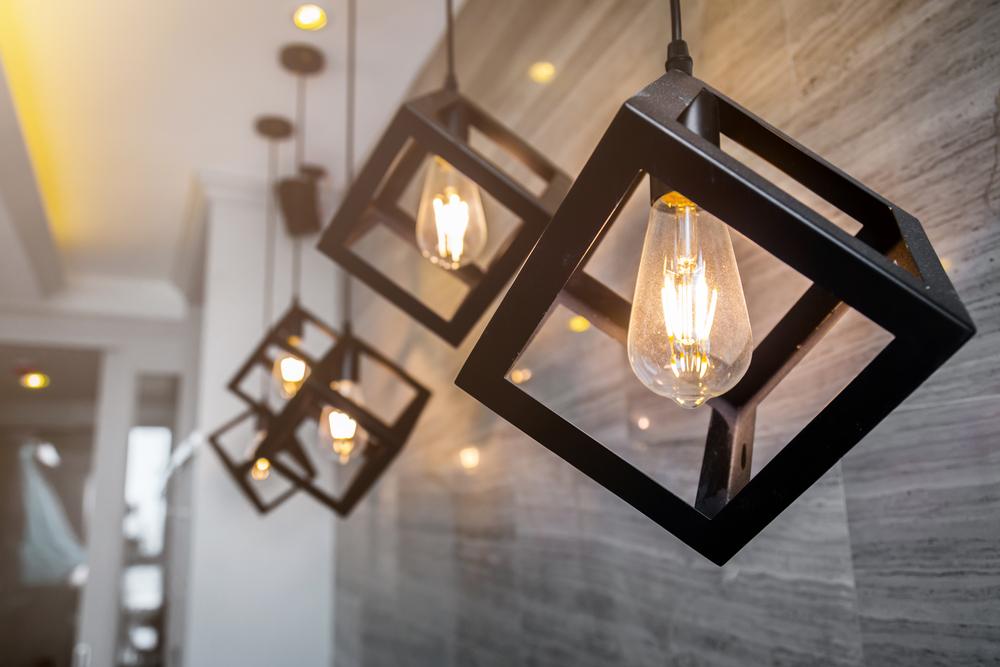
Underestimating the importance of lighting in outdoor spaces is a prevalent oversight. Inadequate or improper lighting can render the space uninviting after dusk. Incorporating a variety of lighting options, such as string lights, pathway illumination, and ambient fixtures, enhances the space's versatility and creates a captivating ambiance. Illuminating focal points like seating areas and water features imparts a sense of enchantment, extending the usability of the space well into the evening hours.
Conclusion:
Outdoor space staging is a delicate balance between design finesse and a deep understanding of how people interact with their environment. Steering clear of the mistakes outlined above is essential for creating an outdoor space that resonates with potential buyers and fosters an emotional connection. By embracing cohesive design, avoiding overcrowding, embracing landscaping, prioritizing comfort, and harnessing the magic of proper lighting, outdoor spaces can be transformed into inviting retreats that leave a lasting impression.
Ultimately, the key lies in curating outdoor spaces that tell a story—a story of relaxation, enjoyment, and the promise of memorable moments. Striving for an outdoor environment that seamlessly extends the property's interior charm is the hallmark of successful outdoor space staging. By recognizing these common errors and taking proactive steps to mitigate them, property sellers and real estate professionals can elevate their outdoor spaces into captivating extensions of the home's identity, making a lasting impact on potential buyers.
